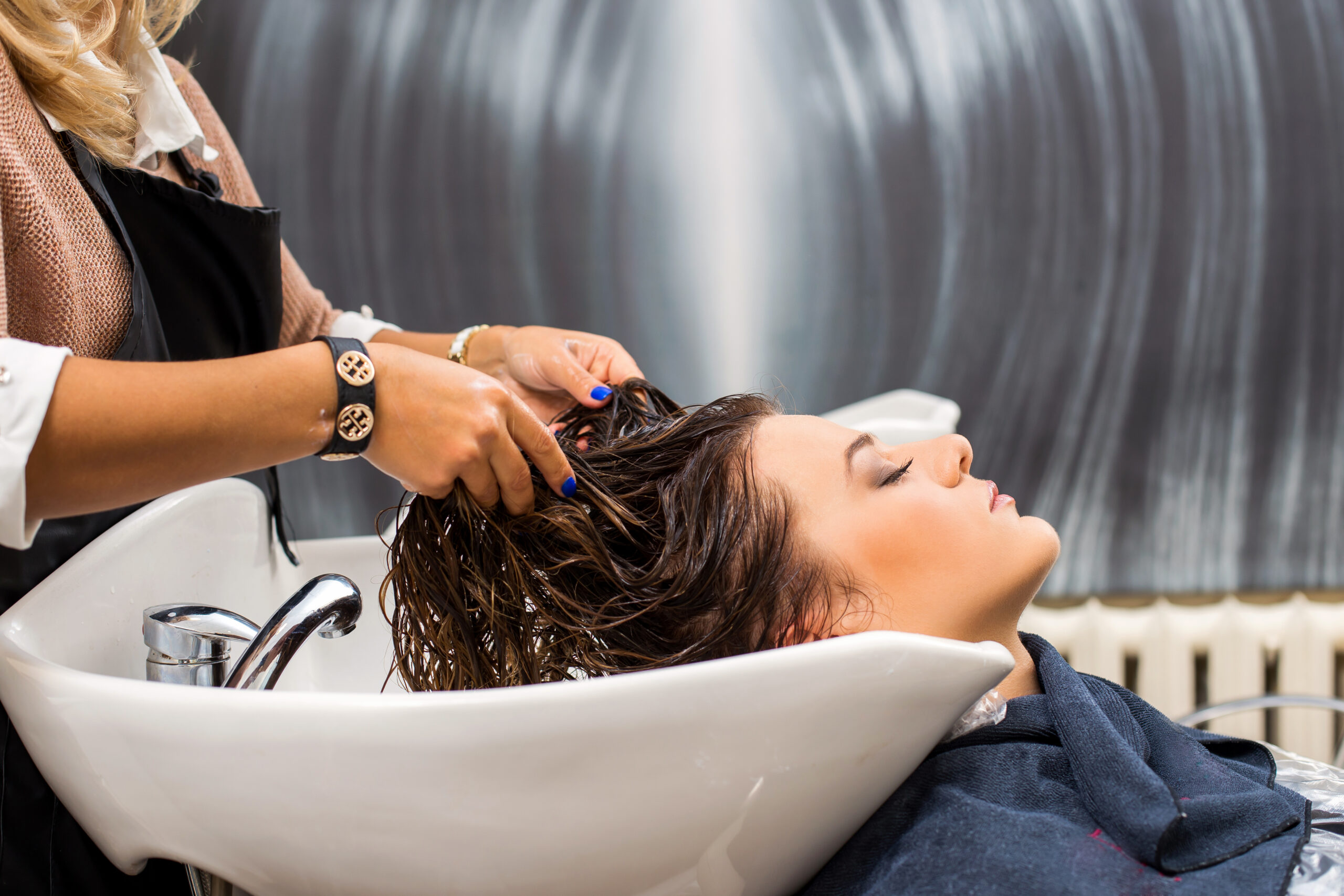In the middle of all the chaos, your bedroom should be a calm and pleasant place dedicated to sleeping and should be free of stress and any distractions. Even though creating the perfect environment is to some degree dependent on personal taste and preference, sleep experts have brought forward the following sleep hygiene recommendations scientifically proven.
1. The best room for sleep is both dark and cool. Many specialists will tell you that the optimum temperature for sleep ranges from 60 – 67 degrees Fahrenheit. A poll conducted by the National Foundation found that 73% of Americans prefer darker rooms. 65% admitted to using curtains, shades, or blinds to keep out unwanted light.

2. Peace and quiet promote bedroom pleasure. 74% of Americans feel that quiet is essential for getting a perfect night’s sleep. With that in mind, a lot of people make use of “white noise” or a certain type of ambient sounds to override external unwanted noises such as car horns and highway traffic. A fan is also a good option as it serves two purposes; keeping your room cool and masking external noises. You can also try out some of the many calming sleep casts or some sleep-inducing music you will find in “Sleep experience” in the Headspace app. Sleep casts are about 45 minutes long and usually help to promote a relaxing and calm environment for sleep. Help to promote a pleasant environment for a peaceful night’s sleep – why not sign up and take advantage of the Headspace app.
3. Choose the best bedding and sleep position for you. In order to ensure a good sleep, it is important to have a comfortable mattress and pillow. The choice between soft or firm mattresses and pillows is all dependent on you. Read these Lull mattress reviews. The best pillow for you might depend on your preferred sleeping position. In case you are a side sleeper, same as with the majority of the population, choose a pillow that comfortably supports your head, ear, neck, and shoulder. If you sleep on your back, you should consider going for a thinner pillow so as to minimize the stress on your neck.
4. Declutter your bedroom. Even though your bed might feel comfortable and restful, you might still experience sleep problems if your room is messy. According to a study presented at the June 2015 SLEEP conference in Seattle, people whose bedrooms are filled with clutter are at a higher risk of developing sleep disorders. Things that you see as you enter your bedroom to sleep can have a big impact on whether or not you’ll have problems getting sleep. Therefore, as your parents used to constantly tell you, clean up your room!
5. Choose the most ideal pillow for you. The type of pillow fill should be taken into account in case you have allergies. Fills range from natural options such as feathers to synthetics such as latex, foam, or rayon. Go for pillows that are hypoallergenic to minimize the risks of nighttime congestion and sniffles that can disrupt your sleep.
















































